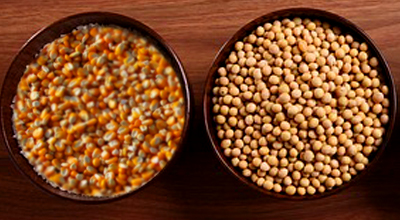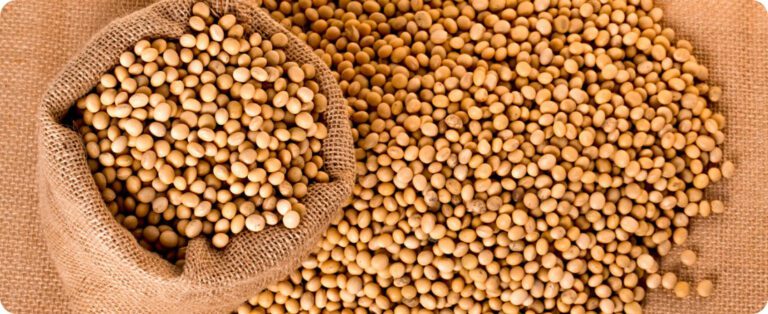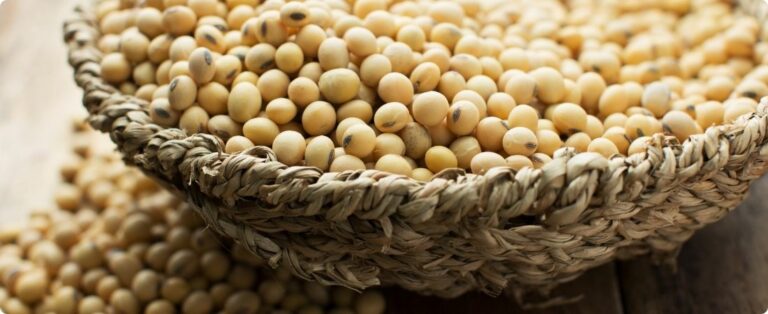
Image: Pixabay
{module Form RD}
In this scenario, the area planted with corn in 2021/22 in Argentina increased by 10%, to 6.8 million hectares, with a production of 52 to 54 million tons. If verified, this would be up to 3.5 to 5.5 million tonnes above the current estimate of 48.5 million tonnes for the 2020/21 harvest.
“In recent years, late-planted corn has performed very well, better than early-planted corn in many cases. Farmers like this split planting because it reduces the risk of adverse weather during the critical pollination period. Furthermore, corn planted early may at some point have problems with germination and plant population due to dry conditions,” he comments.
In the same analysis he states that the soybean planted area in Argentina in 2021/22 fell by 0.6%, to 16.5 million hectares, with production of 50 to 51 million tons. If this actually happens, it would be up to 4 to 5 million tons above the current estimate of 46 million tons for the 2020/21 harvest.
“Argentina has a lower production cost for soybeans compared to Brazil and the United States, but export rates of 31 to 33% consume most of the margin. Export taxes on soybeans and soy products are an important source of revenue for the federal government and the situation is not expected to improve anytime soon. The federal government finds itself in a dire financial situation, unable to repay its loans to the IMF and other creditors. The federal government cannot afford to give up any revenue from the soybean export tax, especially since tax revenue fell due to lower production in 2021/22”, he concludes.
By: Leonardo Gottems | agrolink















